Scotland has no shortage of ruins, especially those of the religious persuasion. Peaceful monks brought Christianity to Scotland, but the last thousand years have been fraught with religious wars, persecution, and massacres between Christian sects of various stripes. It’s not a pretty history at all, especially for a religion that espouses such high-minded ideals. Scotland hangs onto the wreckage of these trials like scars, but scars can be beautiful in their own way. Take a gander at Elgin Cathedral and you’ll see what I mean.
Elgin Cathedral is a glorious jigsaw of architecture and masonry today, in its ruined state. It softly endures the years at the edge of Elgin, a bustling town north of Speyside and close to the Moray coast. Elgin Cathedral was the second largest cathedral in Scotland (second only to St. Andrews), and wandering its grounds you get a sense of the grandeur associated with that status. In five years the cathedral will celebrated 800 years of existence.
King Alexander II granted the land on which Elgin Cathedral now stands, and the cathedral was established in 1224. As usual, the cathedral was built on the site of previous churches and pagan holy places, and it was to be much larger than the cathedral it replaced in nearby Spynie. Over the ensuing decades Elgin Cathedral experienced multiple periods of enlargement and renovation after a pair of fires and the depredations of the infamous Wolf of Badenoch, who attacked and plundered god’s new manse.
Elgin Cathedral would have been a huge complex of ranges, outbuildings, and the great cathedral when it was abandoned in 1560 courtesy of the Scottish Reformation. The cathedral’s decline began in 1567 with the removal of the lead roof, thereby saving on taxes. Steadily, with each passing decade, bit by bit, Elgin Cathedral began to fall to pieces.
Elgin Cathedral’s greatest wonders are the 13th Century towers and the octagonal chapter house. The towers broker access to the cathedral’s ruins and serve as imposing reminders of lost grandeur. They also provide rather nice views over Elgin and northern Moray from their tops. The chapter house is also a marvel of engineering as the arching, webbed ceiling (pictured above) balances on a central pillar of stone.
What is it about architecture that stirs the soul? Is it “merely” craftsmanship and artistry, or is it something greater? Visualization and manifestation, changing matter from one form to another while abiding by reality’s hidden syntax of physics? I don’t know, but even for one not inclined to admire architecture I found myself gaping at beauty executed.
I wandered across Elgin Cathedral’s green sward in the morning sunlight, ignoring the busloads of tourists and bending my perception to the energy in the earth. Pictish stones once stood here — one still does, in fact — and I wonder who was here before the Picts marveling at the fountain of energy gushing from the earth. I daresay it is this land that makes Elgin Cathedral special, not vice versa.
The towers enclose multiple levels of museums surveying Elgin Cathedral’s history while displaying impressive bits of the cathedral that have fallen to ruin, like moulding, bosses, gargoyles, and other works of master stone masonry.
It’s funny that after close to ten years of traveling around Scotland for Traveling Savage I’m finally to getting to some of Scotland’s more popular sights. Elgin Cathedral is certainly in this echelon, and deservedly so. It is magnificent, mammoth, and marvelous in its ruined grandeur.
It doesn’t matter what prompted the building of Elgin Cathedral. It doesn’t matter what beliefs or thoughts blossomed in the kings’ or bishops’ or masons’ minds as work on the cathedral ensued. What matters is the creation, the spirit exercised. Look what a human is capable of and think what you, too, can do.

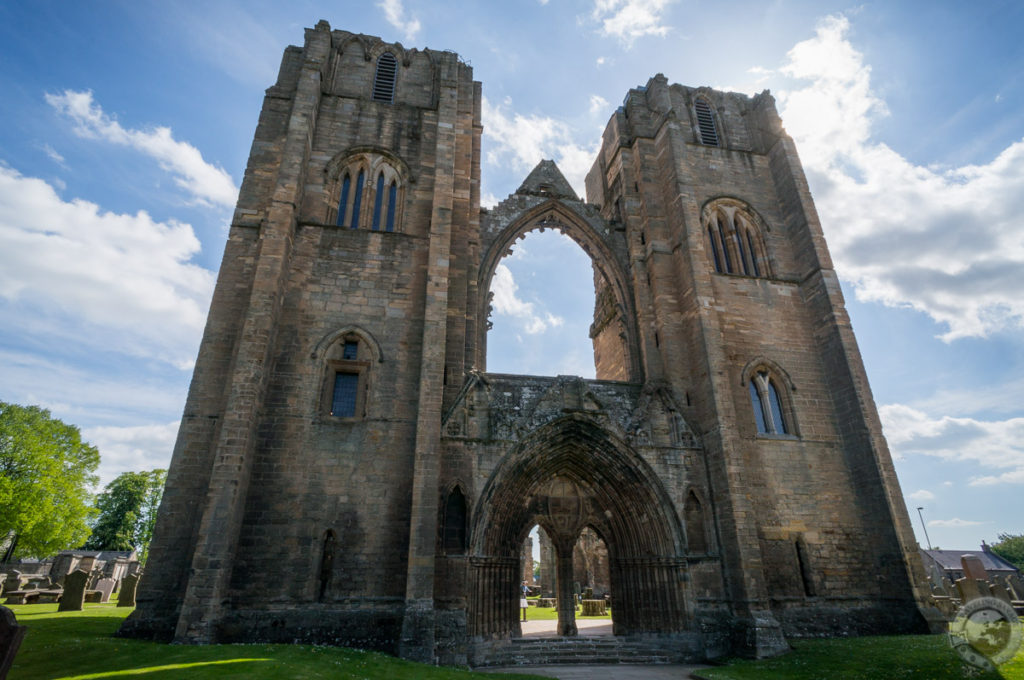
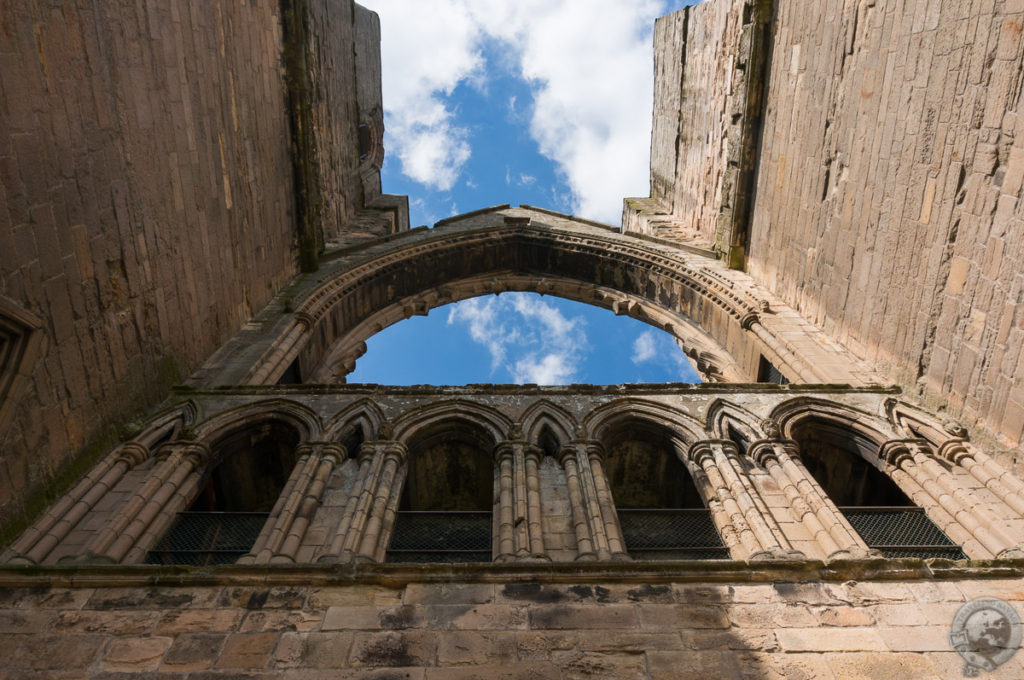
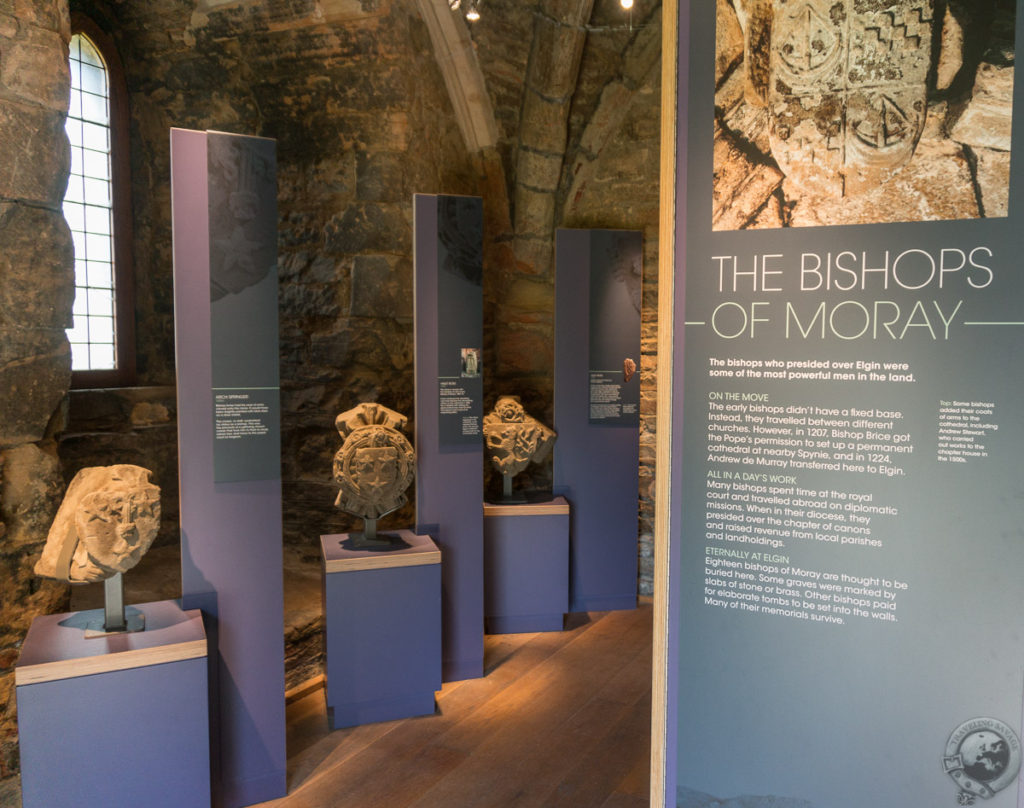
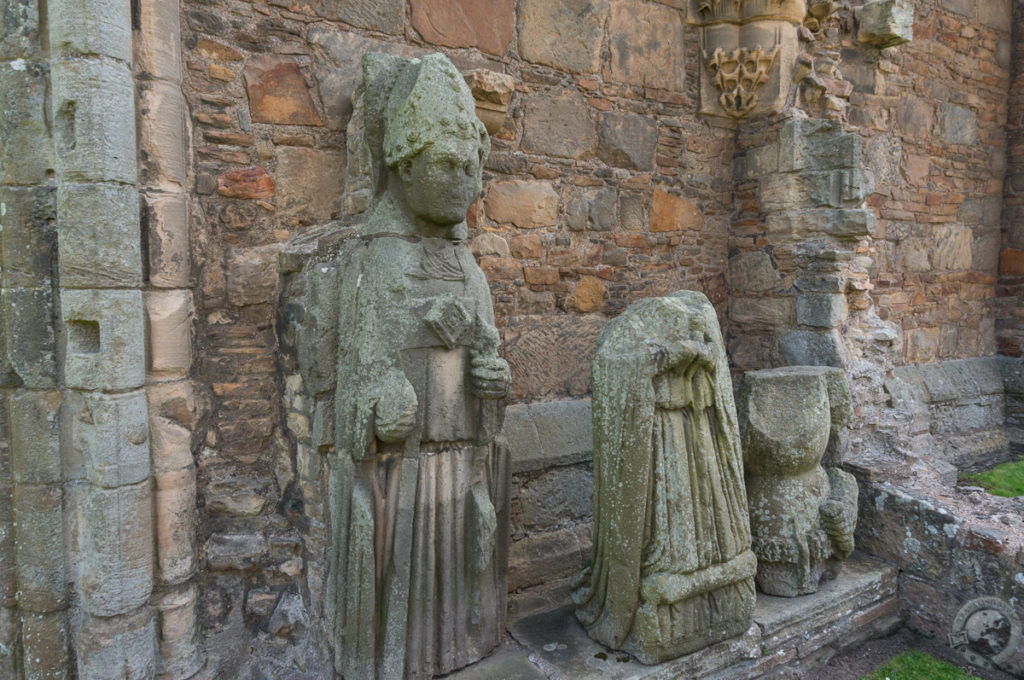
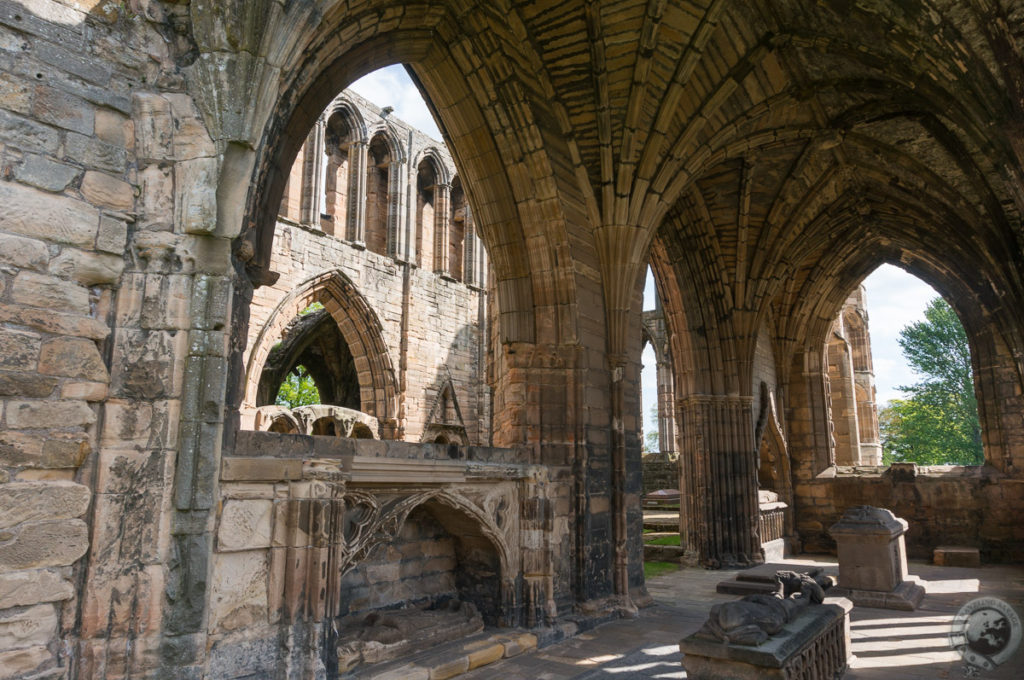
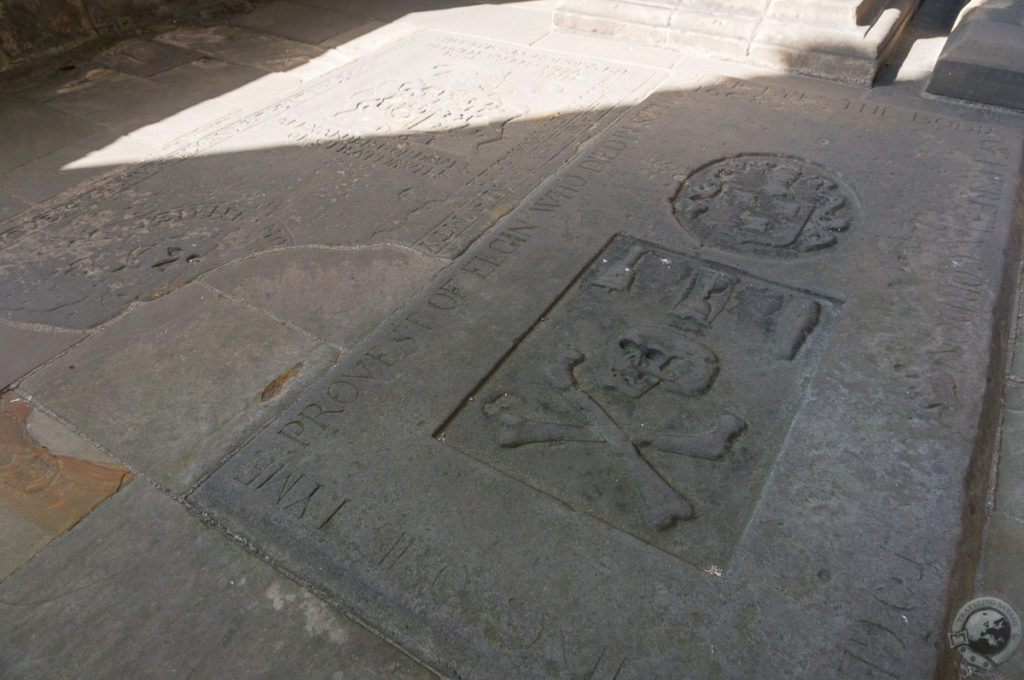
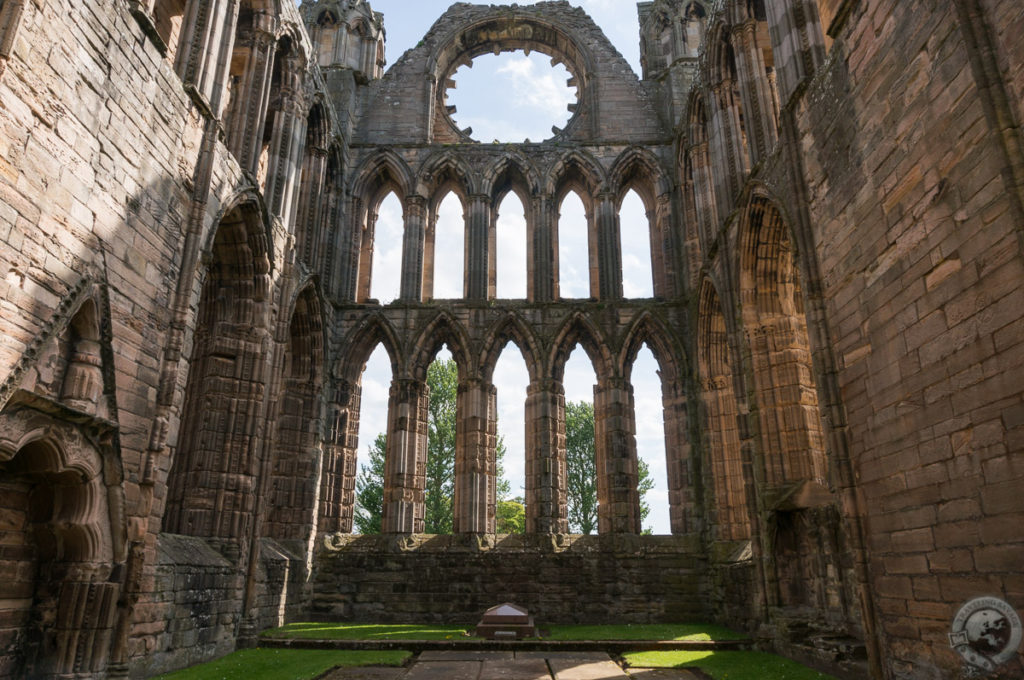
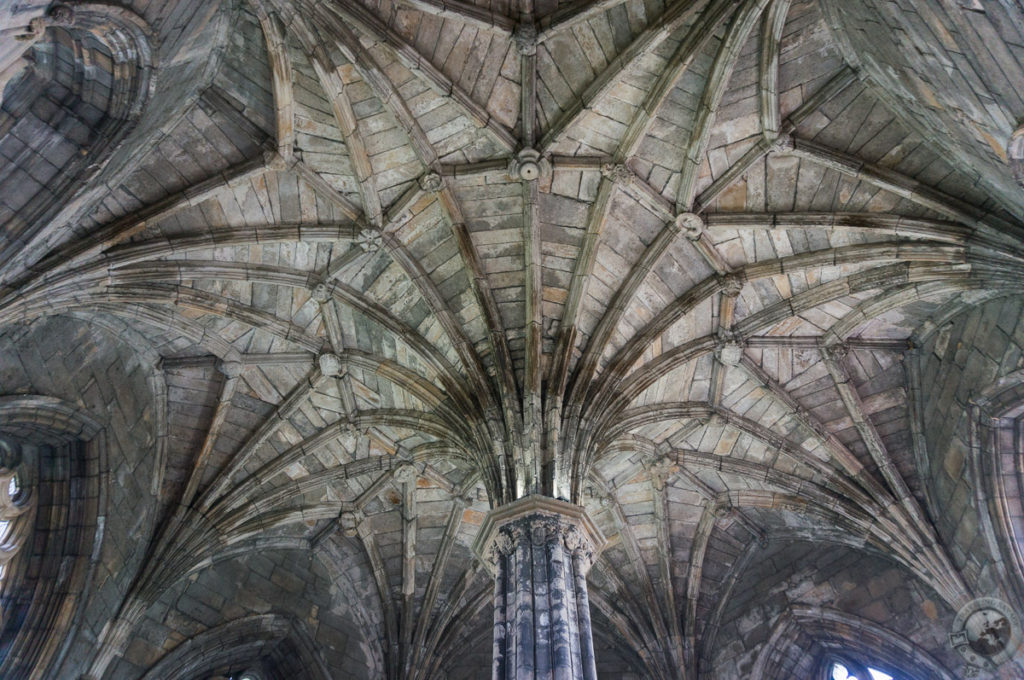
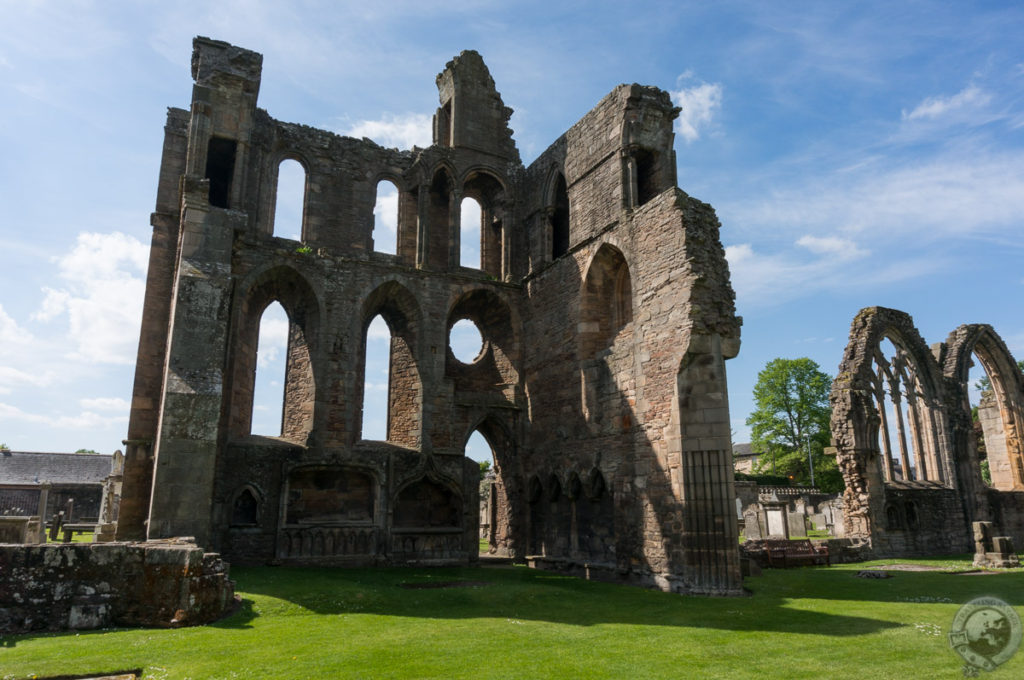
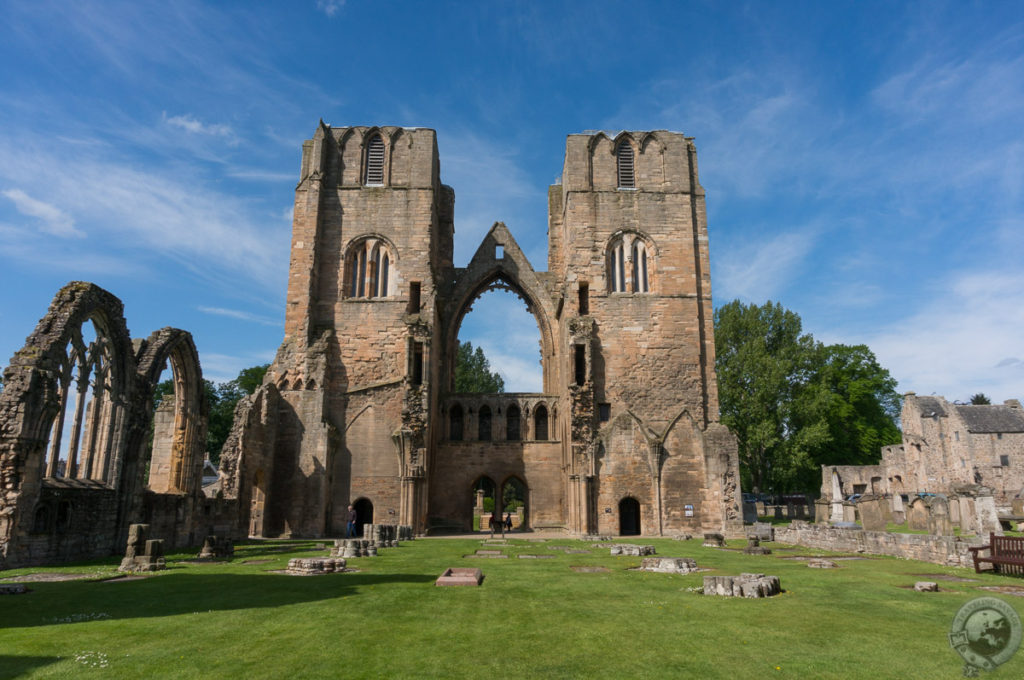
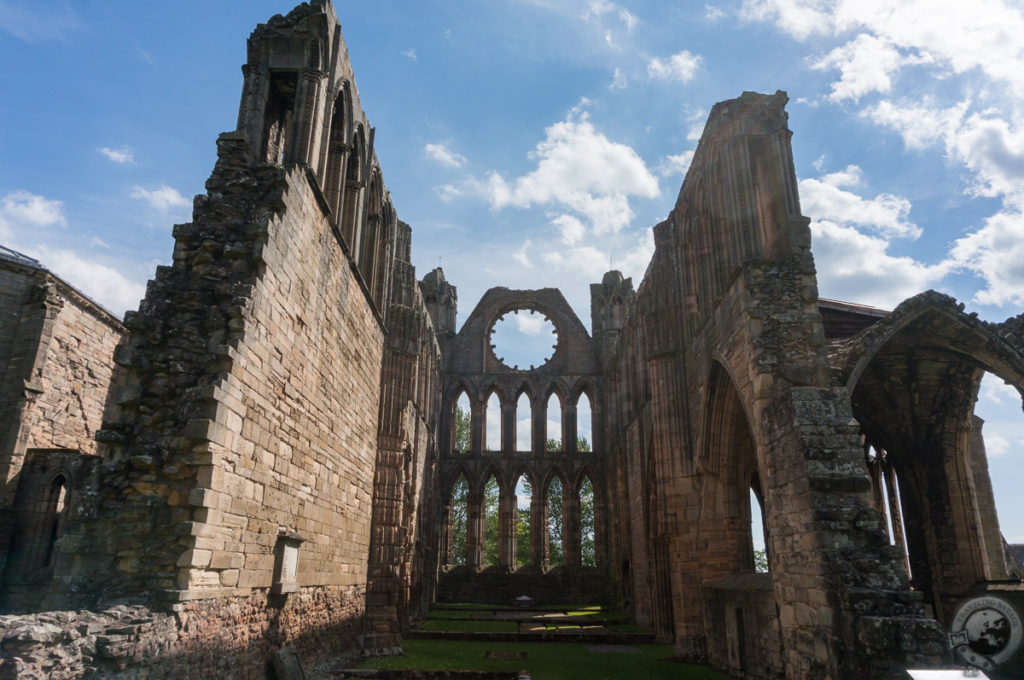
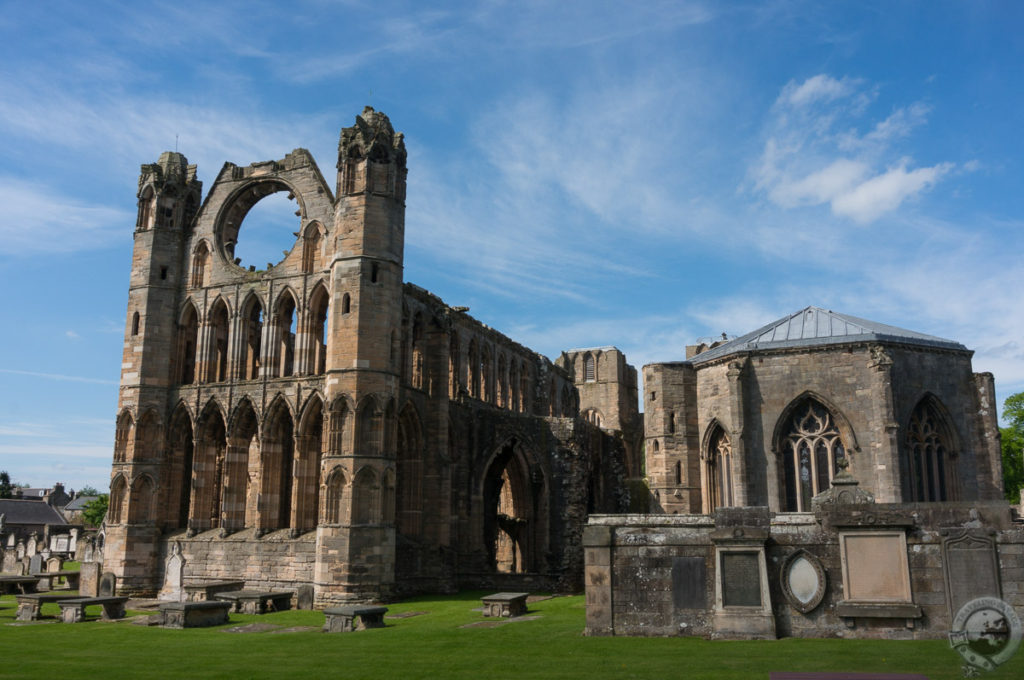
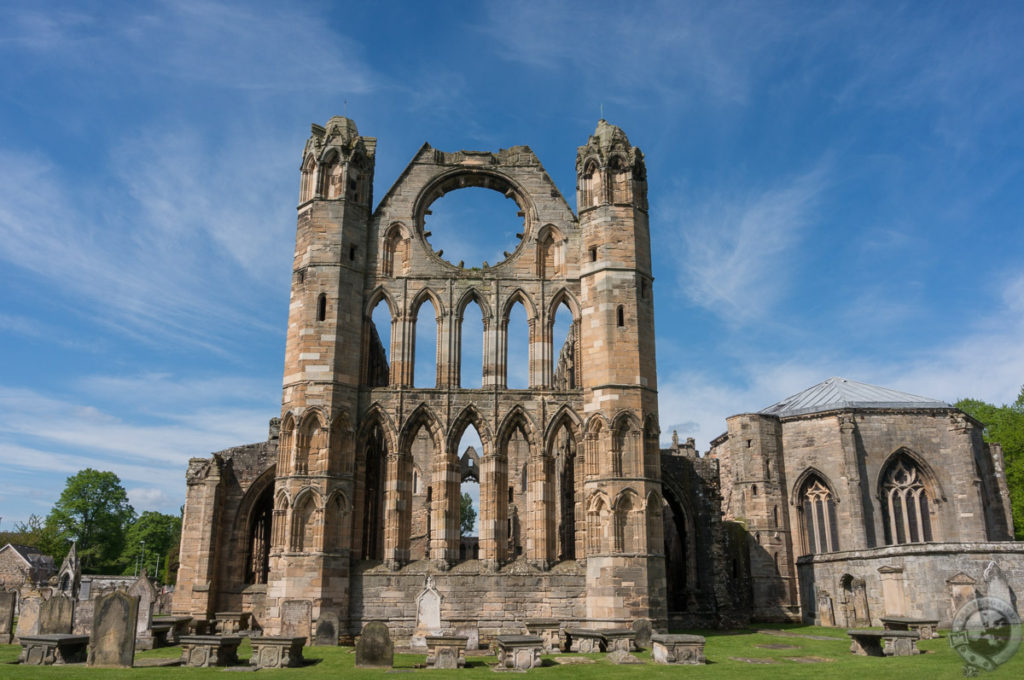
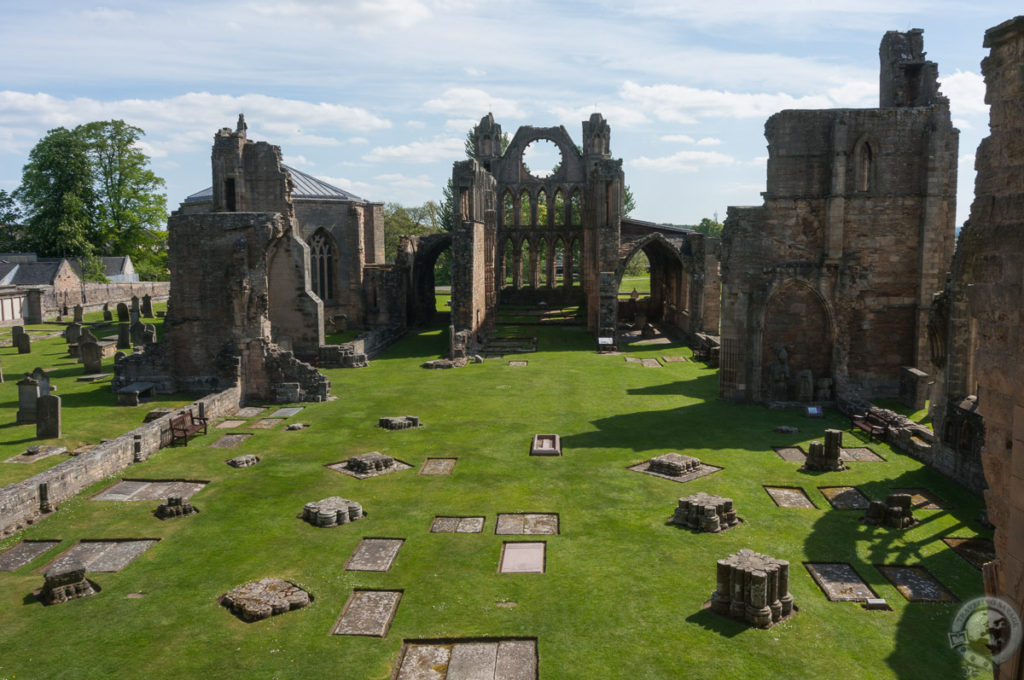
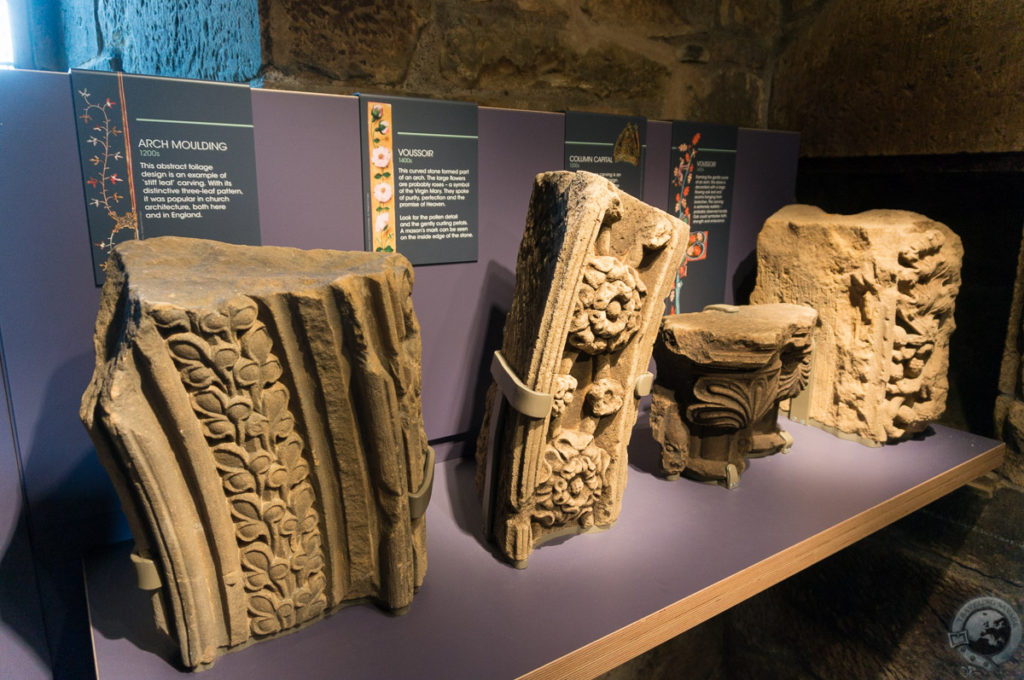
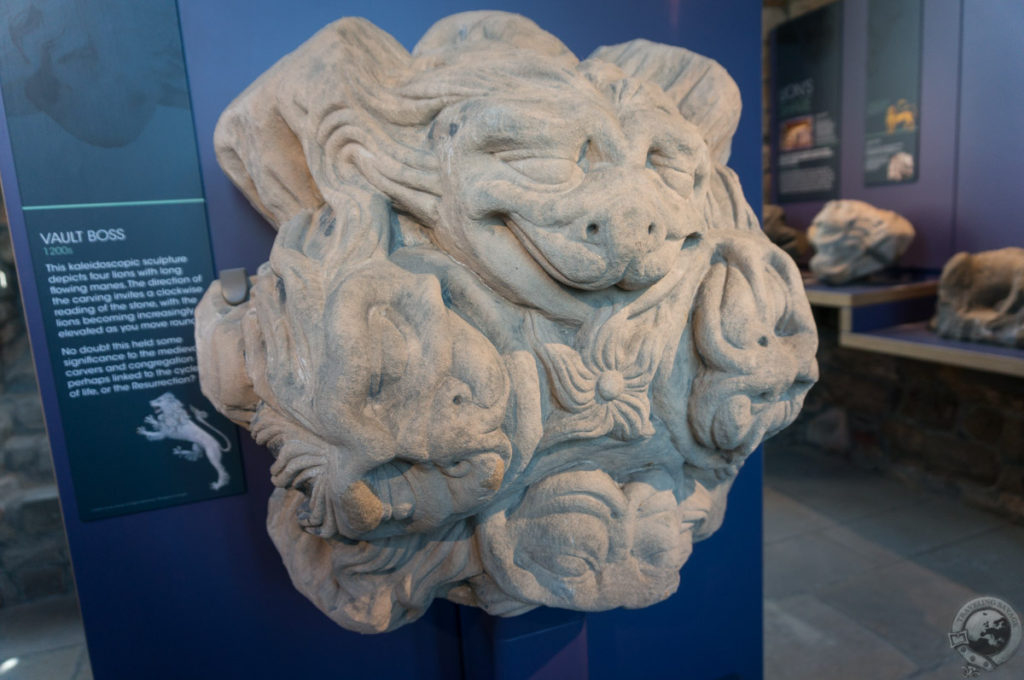
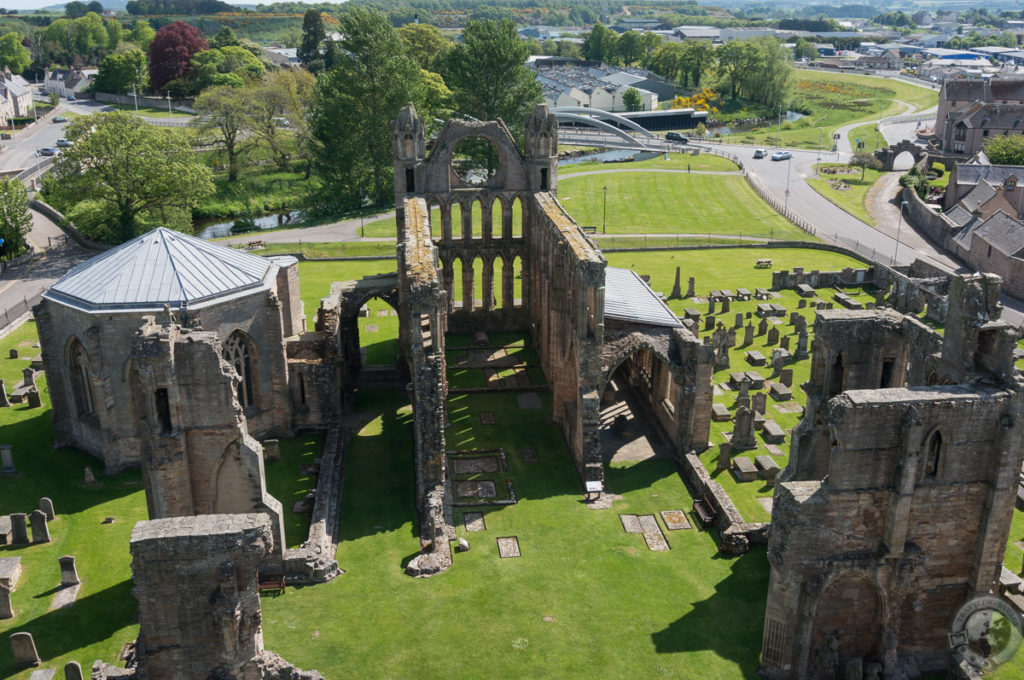
Enjoyed your writing on this !